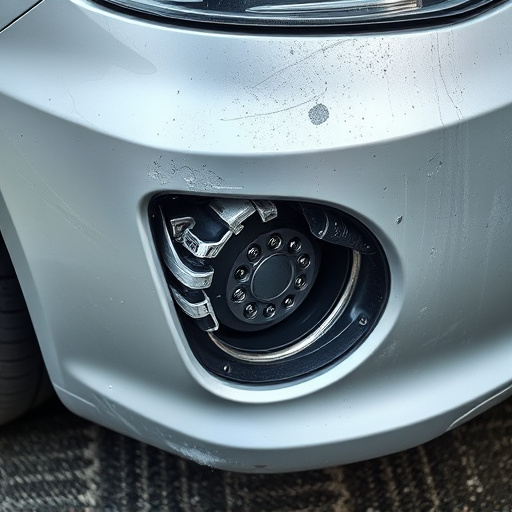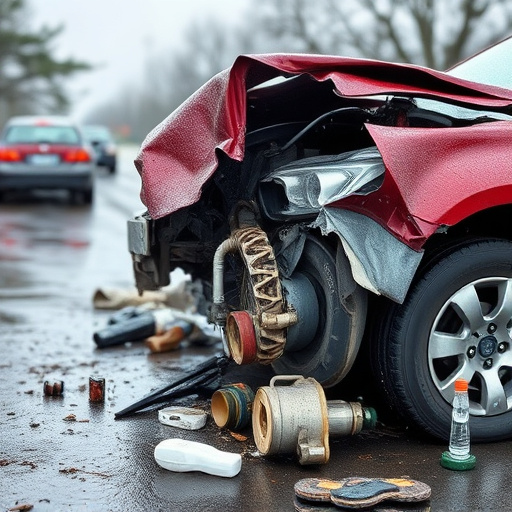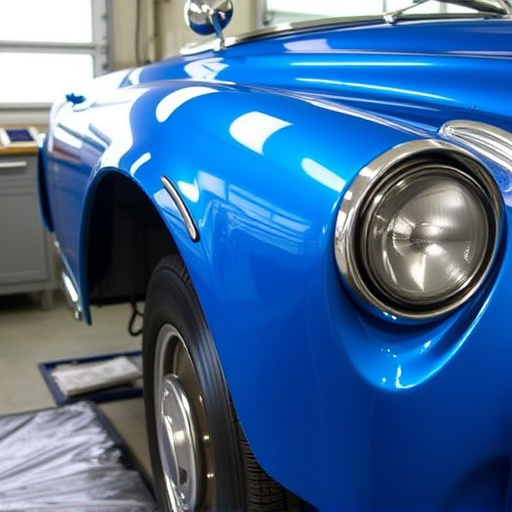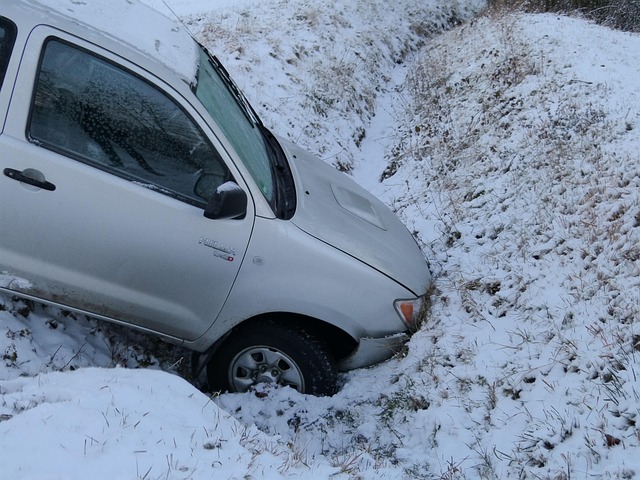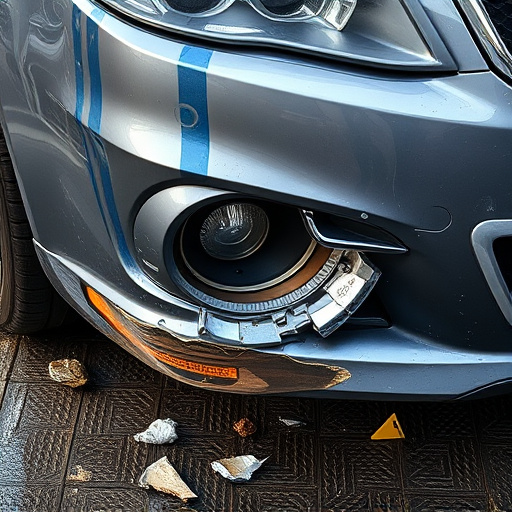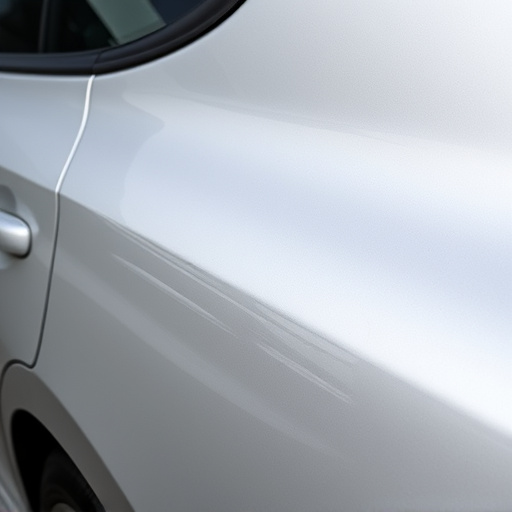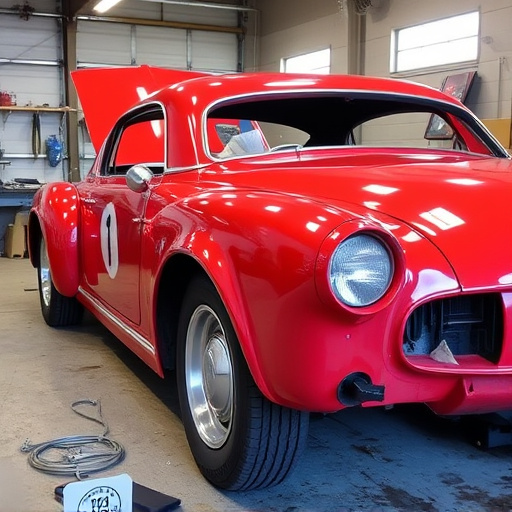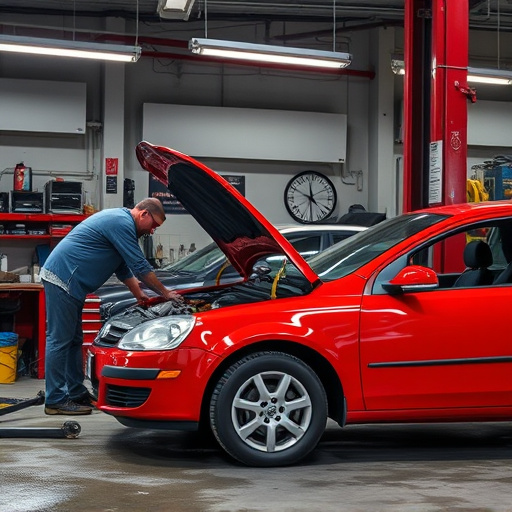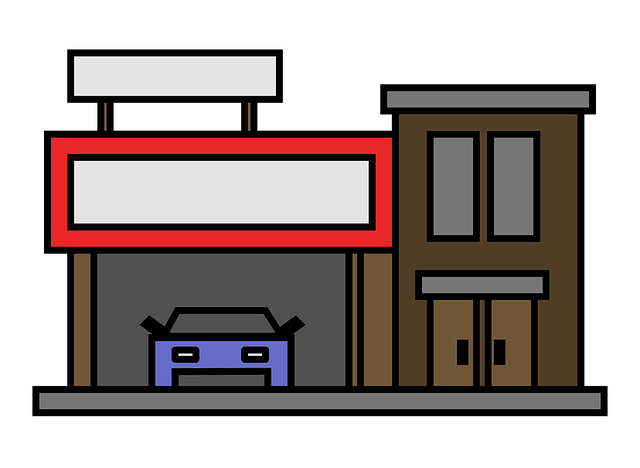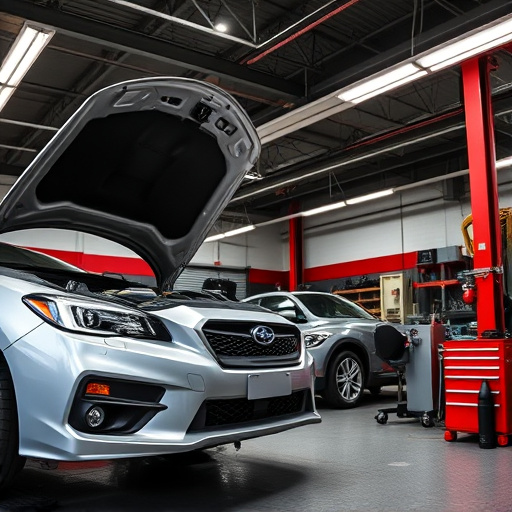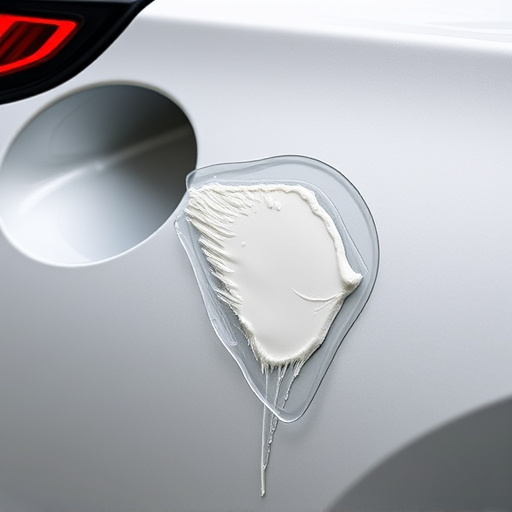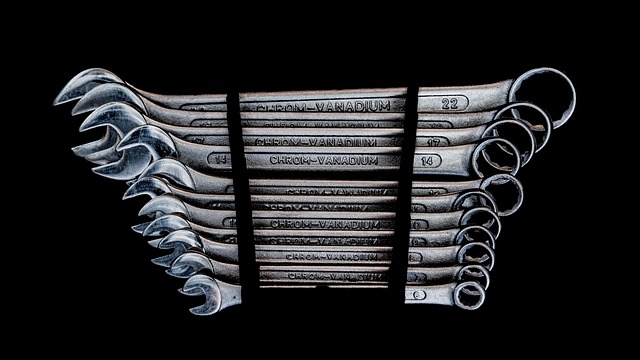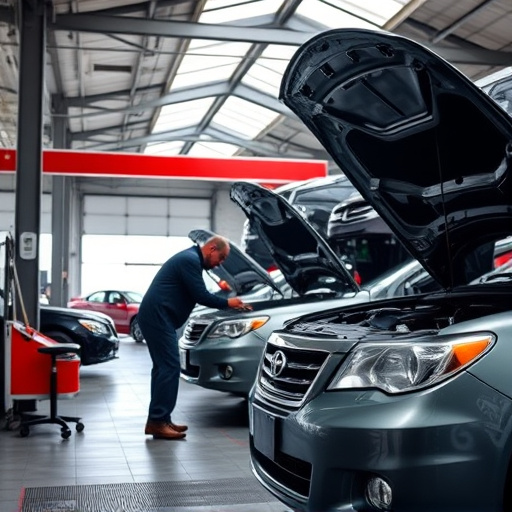PDR for aluminum panels demands specialized knowledge and tools due to material's unique properties like edge cracks and underfill. Trained professionals use tailored tools like dent pullers and air bags for high-quality repairs preserving original factory finish. Selecting right equipment, including specialized PDR kits with various tips, is crucial for efficient repair process. Mastering PDR requires understanding aluminum's malleability and corrosion resistance, practicing on scrap pieces, following structured guide, and using precise tools to preserve panel integrity and finish.
“Uncover the secrets to mastering PDR (Paint Damage Removal) for aluminum panels with our comprehensive guide. As the demand for lightweight and durable automotive materials grows, understanding specialized PDR techniques becomes essential. This article navigates the process, from recognizing unique challenges in aluminum repair to selecting the ideal tools. We provide a step-by-step approach, ensuring professionals and enthusiasts alike can achieve flawless results. By delving into these next steps, you’ll revolutionize your aluminum panel restoration skills.”
- Understanding PDR Techniques Specific to Aluminum Panels
- Choosing the Right Tools for Efficient PDR on Aluminum
- Mastering the Art of Repair: Step-by-Step Guide
Understanding PDR Techniques Specific to Aluminum Panels
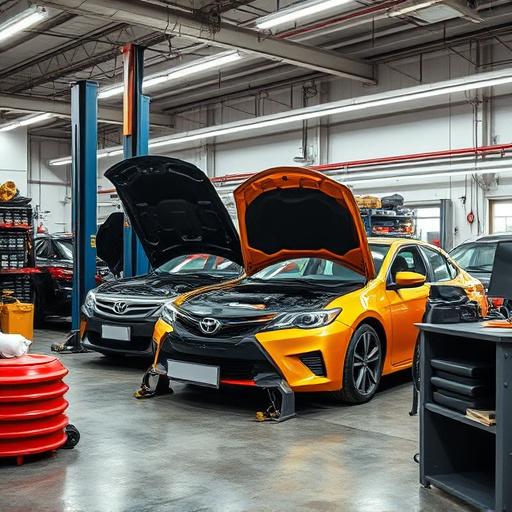
Learning PDR (Paintless Dent Repair) specifically for aluminum panels is a specialized skill set that goes beyond general dent repair techniques. Aluminum, while lightweight and durable, presents unique challenges compared to traditional steel bodies, requiring specific tools and methods to ensure effective and precise repairs. Understanding these nuances is key to mastering PDR for aluminum panels.
PDR professionals need to be familiar with the various types of dents that can occur on aluminum surfaces, such as edge cracks, creases, and dents with underfill. Specialized tools designed for aluminum’s soft metal properties, like dent pullers and air bags, play a crucial role in minimizing damage during the repair process. Proper training ensures technicians can navigate these challenges successfully, offering high-quality repairs that maintain the original factory finish in even the most complex cases, transforming damaged panels into as-new conditions within a vehicle body shop or automotive repair facility.
Choosing the Right Tools for Efficient PDR on Aluminum
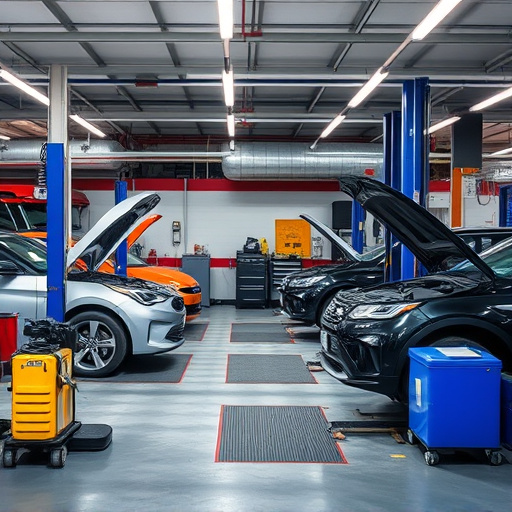
Selecting the appropriate tools is a key step in mastering PDR (Paintless Dent Repair) for aluminum panels. The right equipment can significantly enhance efficiency and quality, making it easier to remove dents and restore the panel’s original appearance. Look for tools specifically designed for aluminum, as these will be lighter and better suited to the material’s unique properties.
Specialized PDR kits often include a range of tips and implements, such as pawl pullers, dent pulls, and air guns with adjustable pressure settings. These tools allow for precise control when reaching tight spots and applying the right amount of force to avoid damaging the aluminum. Remember, the goal is to find car paint services tools that align with your skill level and the specific demands of PDR for aluminum panels, ensuring a seamless and effective repair process.
Mastering the Art of Repair: Step-by-Step Guide
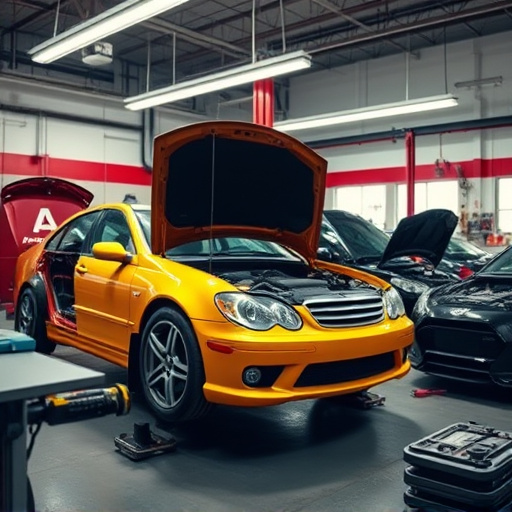
Mastering the Art of Repair: Step-by-Step Guide
For those looking to perfect their skills in PDR for aluminum panels, a structured approach is key. Begin by familiarizing yourself with the unique characteristics of aluminum as a material, understanding its behavior during dent removal processes. This involves learning about the metal’s properties, such as its malleability and corrosion resistance, which differ from traditional steel bodies. Next, invest time in practicing on scrap pieces of aluminum to develop a feel for the techniques without the pressure of working on an actual vehicle.
A practical step-by-step guide includes identifying and classifying dents, determining the appropriate tool selection based on dent size and depth, and applying the right amount of force during the repair process. Effective PDR techniques involve using specialized tools like dampers and mallets to gently work out the dent without causing further damage or leaving unsightly marks. The art lies in precision and patience, ensuring each dent is addressed thoroughly while preserving the panel’s original finish and integrity.
PDR for aluminum panels is a game-changer in the automotive repair industry, offering efficient and effective solutions. By understanding specific techniques tailored to aluminum’s unique properties, choosing the right tools, and following a structured guide, professionals can master this art. This knowledge ensures high-quality repairs, reduces downtime, and satisfies customers seeking top-notch panel restoration. With these next steps, the future of PDR for aluminum looks bright, revolutionizing how we approach car body damage repair.
